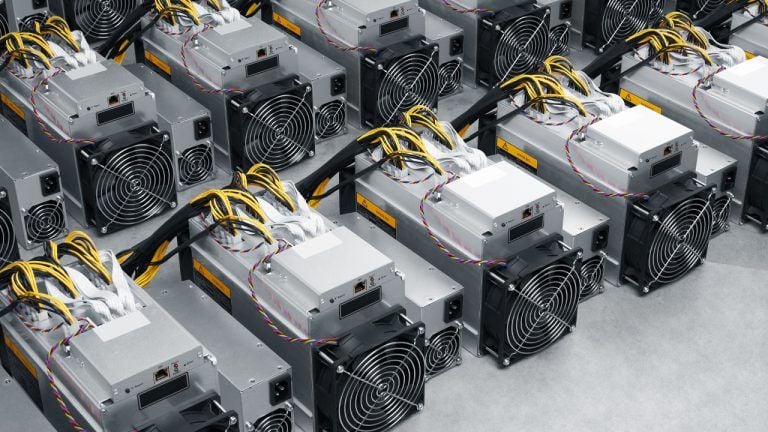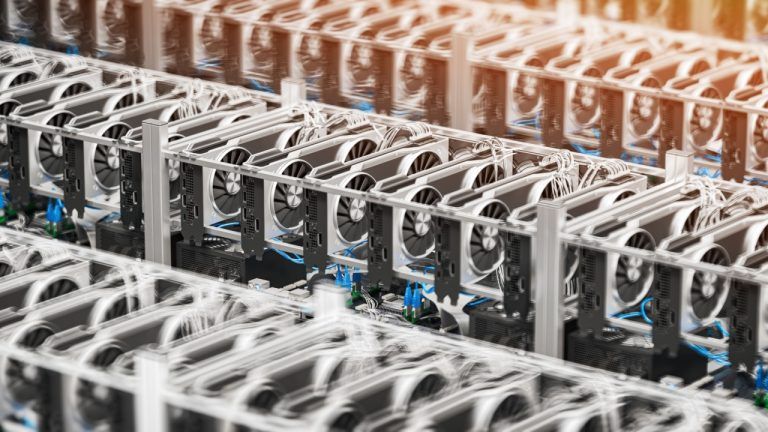This shift comes on the heels of a newly lowered mining difficulty and a noticeable slowdown in demand for specialized hardware.
In late January, the network’s mining difficulty experienced its first reduction of 2025, settling near 108 trillion. The total computing power deployed by miners — known as the hashrate — hovers around 832 exahashes per second, reflecting a slight retreat from previous highs. Research from TheMinerMag points to a recent 2.12% dip in difficulty, an adjustment that could ease some pressure on an industry that has battled intensifying competition.
Source: Chart of Mining Difficulty from CryptoQuant
Declining Hardware Demand and Its ImpactA key factor behind this moderation is waning interest in application-specific integrated circuits (ASICs) and other mining equipment among United States–based firms. After a period marked by a scramble to upgrade operations, many companies have scaled back hardware preorders in the latter half of 2024. This trend arrives at a critical moment, given that miners must contend with a lower block subsidy following Bitcoin’s halving that same year.
In response to these shifting economics, numerous mining enterprises have broadened their scope. During 2024, several firms branched into high-performance computing services and artificial intelligence activities to offset reduced mining revenue. Some also recalibrated their balance sheets by dedicating more of their reserves to Bitcoin, anticipating potential future gains if the currency’s value rises over time.
Generative AI’s Market ShockNonetheless, mining stocks did not always mirror the optimism found among certain Bitcoin holders. By the end of 2024, most publicly traded mining outfits posted negative returns, despite a notable Bitcoin price rally that November. The market turbulence deepened when DeepSeek R1 — a generative AI system originating in China — demonstrated capabilities on par with more established AI tools but at only a fraction of the expected training expense.
Investors reeled as approximately $1 trillion vanished from the share values of AI-centric companies, including major industry suppliers. The arrival of cheaper-to-develop AI technology rattled assumptions about the costs of advanced computing, raising questions about the long-term profitability of top-tier processors and data centers.
Against this backdrop, Bitcoin miners may finally see some relief from the relentless strain of operational costs and equipment races. But as technology continues to evolve, the industry’s capacity to adapt — both in Bitcoin mining and beyond — remains critical for future growth.




















